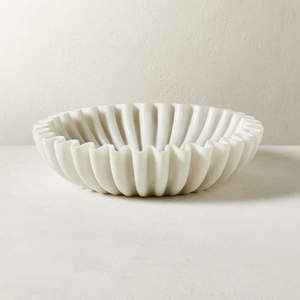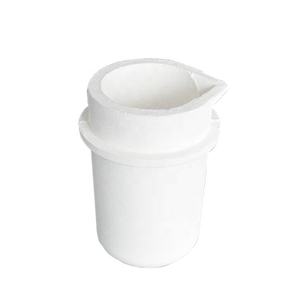Discover Premium Ceramic Products | Durability & Elegance United | Advanced Ceramics
PRODUCT PARAMETERS
Description
Introduction to Quartz Ceramic Products
Quartz ceramic, also known as fused quartz ceramic or pure silicon ceramic, is an advanced ceramic material made of pure silicon dioxide (SiO₂). It is made by melting high-purity quartz sand at high temperature and then cooling and solidifying it. It has unique physical and chemical properties, making it an ideal choice for many high-tech applications. Quartz ceramic products are widely used in semiconductor manufacturing, optics, electronics, chemical industry and high-temperature industries.
Characteristics and advantages of quartz ceramics
Extremely high thermal stability: Quartz ceramics can remain stable under extreme temperature conditions. They are not only resistant to high temperatures, but also show excellent thermal shock resistance in rapid temperature changes.
Low thermal expansion coefficient: Due to its low thermal expansion coefficient, quartz ceramics have good dimensional stability when the temperature changes and are not easy to deform or crack.
Excellent electrical insulation: Provides excellent electrical insulation performance and is suitable for applications requiring high voltage isolation.
High transparency: It has good light transmittance in a wide band from ultraviolet to infrared, and is particularly suitable for applications such as optical windows and lenses.
Chemical stability: Excellent resistance to most acids, alkalis and other corrosive substances, and almost unaffected by other chemicals except hydrofluoric acid and phosphoric acid.
Mechanical strength: Although quartz ceramic is not as hard as some other types of ceramics, it still has enough mechanical strength to meet the needs of many application scenarios.
High UV transmittance: It has high transmittance in the ultraviolet region, which makes it very useful in UV curing equipment and UV spectrometers.
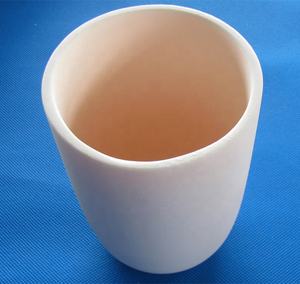
(Quartz ./silica Sand Grinding Machine -Ceramic Ball Mill Classigfying Production Line)
Specifications of Quartz ./silica Sand Grinding Machine -Ceramic Ball Mill Classigfying Production Line
The quartz/silica sand grinding machine with ceramic ball mill classifying production line is designed for efficient processing of hard materials. It handles raw quartz or silica sand, producing fine powders for industries like ceramics, glass, and electronics. The machine uses a ceramic-lined ball mill for grinding, ensuring minimal contamination and high wear resistance. Ceramic grinding media improves durability and reduces maintenance costs compared to metal alternatives.
The production line includes a classifier for precise particle size control. Adjustable settings allow output sizes from 10 microns to 1 millimeter. The system operates continuously, supporting large-scale production with stable performance. It processes up to 50 tons per hour, depending on material hardness and final fineness requirements.
Power consumption is optimized through advanced motor design and energy-saving mechanisms. The main motor ranges from 75 kW to 400 kW, matching different capacity needs. The classifier uses a separate drive system for flexible speed adjustments. All components are housed in a compact, dust-proof structure to minimize environmental impact.
The ceramic ball mill resists corrosion and abrasion, extending service life. Liners and grinding media are replaceable, reducing downtime. The classifier integrates dynamic and static separation for accurate grading. Sensors monitor temperature, vibration, and pressure, enabling real-time adjustments. An automatic control panel simplifies operation, displaying key metrics like output size and system load.
Safety features include emergency stops, overload protection, and pressure relief valves. The production line meets ISO standards for industrial equipment. It supports dry grinding only, requiring input materials with moisture below 2%. Feed particle size should not exceed 20 millimeters for optimal grinding efficiency.
Installation requires a reinforced concrete foundation. The machine is shipped pre-assembled for quick setup. Technical support covers maintenance training and spare parts supply. Custom configurations are available for specific material types or production goals.
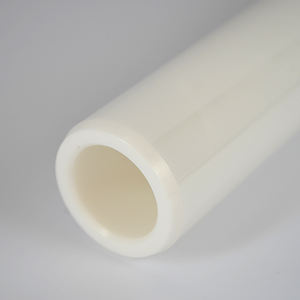
(Quartz ./silica Sand Grinding Machine -Ceramic Ball Mill Classigfying Production Line)
Applications of Quartz ./silica Sand Grinding Machine -Ceramic Ball Mill Classigfying Production Line
Quartz and silica sand play key roles in industries like glass, ceramics, construction, and electronics. Processing these materials requires specialized equipment to meet strict quality standards. The ceramic ball mill classifying production line addresses this need. This system combines grinding, classifying, and collection processes to produce fine, uniform quartz and silica sand powders. It is designed for high efficiency and precision in material handling.
The ceramic ball mill is the core component. It uses alumina or ceramic liners and grinding media to reduce contamination. This ensures the final product maintains purity, which is critical for applications like semiconductor manufacturing or optical glass. The grinding process adjusts to different particle sizes. Operators control factors like rotation speed and grinding time. This flexibility allows the machine to handle varying material hardness and output requirements.
A classifying system works with the ball mill. It separates particles by size in real time. Oversized particles return to the mill for further grinding. This closed-loop design minimizes energy waste and boosts productivity. The integrated dust collector captures fine particles during processing. It improves workplace safety and reduces material loss.
This production line suits large-scale operations. It consistently produces silica sand with precise particle distribution. Industries like ceramics rely on this consistency for manufacturing tiles, sanitaryware, and advanced technical ceramics. The low iron content achieved through ceramic grinding media meets standards for high-purity applications.
The system’s automation features reduce labor costs. Sensors monitor parameters like temperature and pressure. Operators adjust settings via a central control panel. Maintenance is simplified due to the durable ceramic components. They resist wear and extend service life compared to traditional steel mills.
Energy efficiency is another advantage. The optimized design cuts power consumption by up to 30% versus conventional systems. This lowers operational costs and supports sustainable production practices. The production line also adapts to other materials, including feldspar, clay, and industrial minerals.
Businesses investing in this technology gain reliable output quality, faster processing times, and reduced downtime. These benefits make the ceramic ball mill classifying line a practical solution for modern industrial needs.
Company Introduction
Advanced Ceramics founded on October 17, 2014, is a high-tech enterprise committed to the research and development, production, processing, sales and technical services of ceramic relative materials and products.. Since its establishment in 2014, the company has been committed to providing customers with the best products and services, and has become a leader in the industry through continuous technological innovation and strict quality management.
Our products includes but not limited to Silicon carbide ceramic products, Boron Carbide Ceramic Products, Boron Nitride Ceramic Products, Silicon Carbide Ceramic Products, Silicon Nitride Ceramic Products, Zirconium Dioxide Ceramic Products, Quartz Products, etc. Please feel free to contact us.(nanotrun@yahoo.com)

Payment Methods
T/T, Western Union, Paypal, Credit Card etc.
Shipment Methods
By air, by sea, by express, as customers request.

5 FAQs of Quartz ./silica Sand Grinding Machine -Ceramic Ball Mill Classigfying Production Line
What is a ceramic ball mill classifying production line?
This machine grinds quartz or silica sand into fine powder. It includes a ball mill, classifier, dust collector, and conveyor. The ball mill uses ceramic balls to crush materials. The classifier sorts particles by size. The dust collector keeps the air clean. This setup handles grinding and sorting in one process.
How does the machine grind quartz sand?
Raw quartz sand enters the ball mill. Ceramic balls inside rotate to crush the sand. The crushed material moves to the classifier. Particles too big return to the ball mill for more grinding. Fine particles move to the next step. This repeats until all material reaches the right size.
What are the advantages of this production line?
Ceramic balls last longer than steel ones. They reduce contamination. The classifier ensures even particle sizes. The system saves energy. It works automatically with little manual input. It fits large-scale production. Maintenance costs stay low.
What maintenance does the machine need?
Check the ceramic balls regularly for wear. Replace them if damaged. Lubricate moving parts to prevent friction. Clean the dust collector filters often. Inspect belts and motors for smooth operation. Tighten loose bolts. Follow the manual’s schedule. Proper care avoids breakdowns.
Is the machine safe to use?
Safety features include explosion-proof designs. Dust collectors prevent flammable buildup. Temperature sensors stop overheating. Emergency buttons shut down the system fast. Operators must wear protective gear. Training ensures safe handling. Regular checks reduce risks.
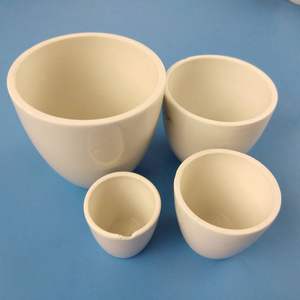
(Quartz ./silica Sand Grinding Machine -Ceramic Ball Mill Classigfying Production Line)
REQUEST A QUOTE
RELATED PRODUCTS
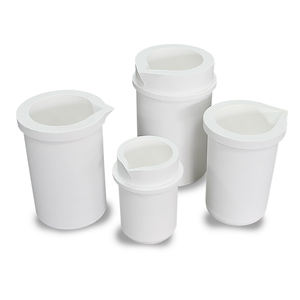
Custom Showroom Decoration Materials Floor Wall Board Marble Quartz Stone Slab Roof Ceramic Tiles Wooden Display Rack Stand
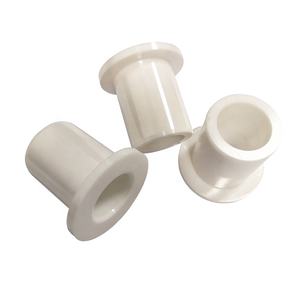
Whole Quartz Crucible Ceramic Sagger
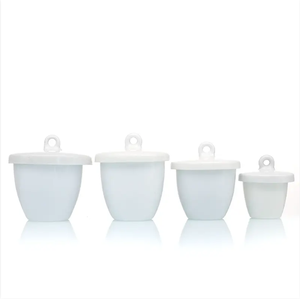
Tacar 4 Inch Dry Wet 7 Step Ceramic/tile/marble/granite/quartz Stone Diamond Buffing Polishing Pad
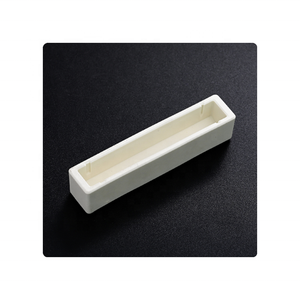
Slab Stone Ceramic Quartz Cnc 5 Axis Waterjet Cutting Machine Best Seamless Basin Cutting Machine Desktop Cutting
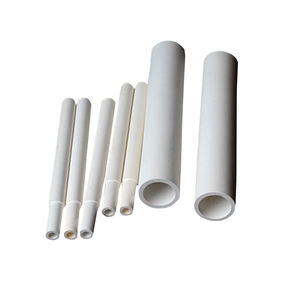
5 Axis +5 Axis Water Jet Cutting Machine for Granite Marble Stone Ceramic Tile Quartz Glass Complex Material Processing
